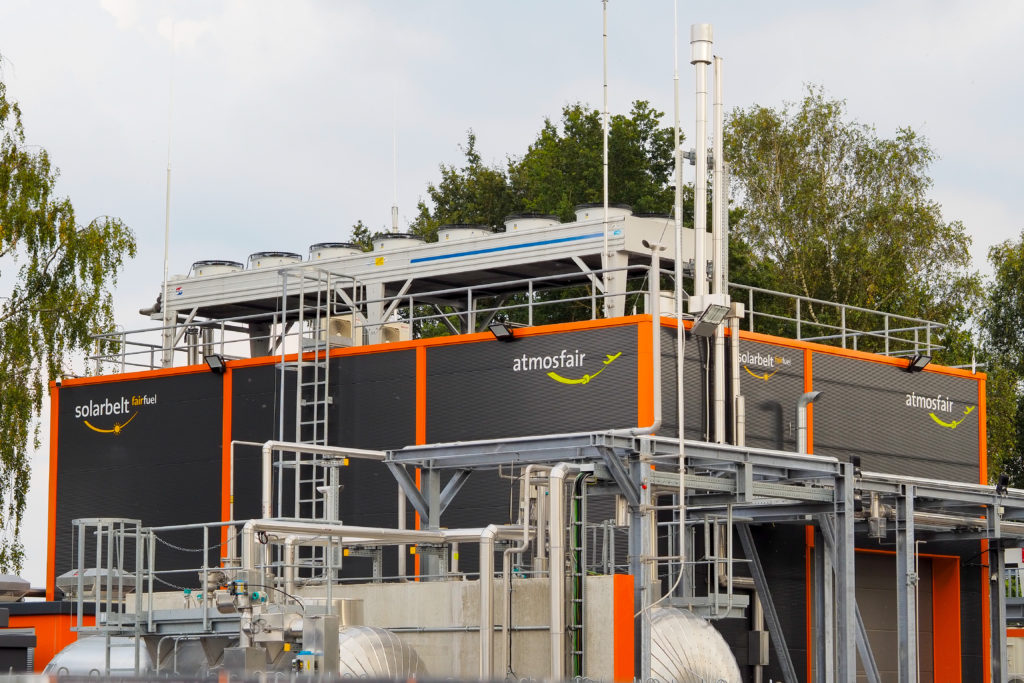The program of the new German conservative – social coalition government sets out a new direction for aviation and global warming: “Our goal is to shape the modernization of the aviation industry towards fair competition and decarbonization,” it states. At another position, however, it says: “We will immediately abolish the Power to Liquid (PtL) blending mandate that goes beyond the EU ambition.”
Yet incentives would be more important today than ever. Our own PtL plant in Northern Germany still doesn’t function nearly as planned after four years, and our hopes for continuous production, which we were still cautiously optimistic about in summer 2024, have not been materialized. As a consequence, we must also change the atmosfair products: If you offset the CO₂ emissions of your flight with atmosfair as of now, you can still fund the production of carbon-neutral e-kerosene, but we no longer guarantee a specific quantity. Read more here. Currently, we are exploring all alternatives to find solutions, including taking steps against technology providers.

When presenting to audiences at home and abroad, I am sometimes surprised by how little real-world knowledge exists even among industry experts. Consulting firms still draft unabashed growth curves for e-kerosene, and research programs at universities and government commissions take functioning technology and up-scaling for granted. However, it is becoming increasingly clear that some technological concepts get stuck on the way from laboratory to industrial scale. In the worst case, our technology in Northern-Germany could suffer the same fate as the prominent case of Choren from the 2000s in Freiberg, Saxony: a hyped future technology in the field of renewable synthetic fuels, attracting significant investor money, on a path that eventually led to insolvency.
But there is also good news: In a large test facility in Vienna, we have successfully produced additional barrels of raw kerosene through the gasification of waste biomass (Biomass to liquid, BtL). The facility has nominally the same production volume as our PtL plant in Germany, but the technological maturity is significantly higher. Now we are in the process of exploring industrial sites in several developing countries where there is sufficient waste biomass such as wood shells or sewage sludge to build a production facility.
As a non-profit organization, atmosfair is committed to CO₂ abatement and transparency, even when the news isn’t always good. But the path is set: Even if large synfuel projects like Fulcrum in the USA fail and others are postponed and may never enter the implementation phase, burying our heads in the sand is not enough. It may be of little comfort that no other plant successfully produces e-kerosene at an industrial level. But for medium and long-haul air travel, unfortunately, there is no alternative other than to forego a flight.


 Share
Share Tweet
Tweet